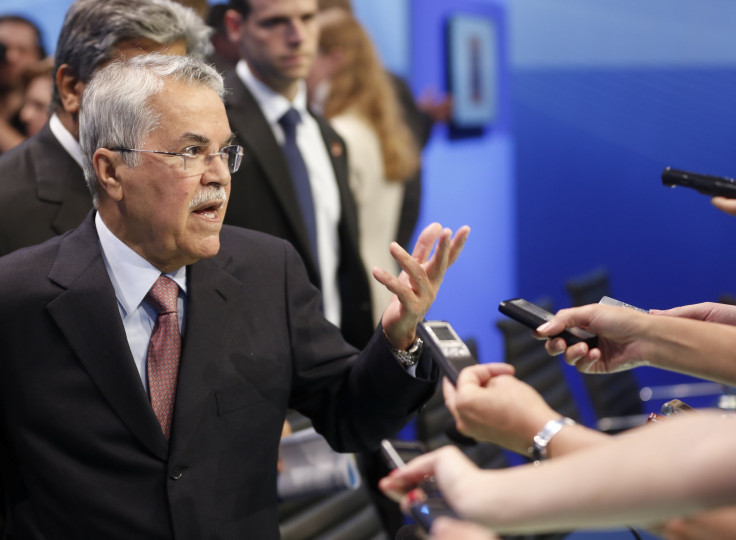OPEC Set To Stabilize Oil Production At Vienna Meeting As Crude Prices Stabilize, US Drilling Wanes

When oil ministers gathered last fall for a meeting of the Organization of the Petroleum Exporting Countries (OPEC), global crude prices were plunging and national oil revenues tumbled with them. Members fiercely debated whether to curb production and boost prices; the decision to keep pumping oil sent prices falling further.
This week’s OPEC summit, by contrast, should be a breeze for the oil cartel. Crude prices have stabilized and recovered from last winter’s six-year lows. U.S. oil development is starting to slow, diminishing the threat to OPEC’s market share.
“I don’t see the motivation on their part to cut production,” said Jay Hatfield, president of Infrastructure Capital Advisors and general partner of NGL Energy Partners LP. Saudi Arabia, OPEC’s largest member, will likely stay the course on oil output “to allow their strategy of increasing market share to play out,” Hatfield said.
Brent crude, the global benchmark, and U.S. crude prices have stabilized near $65 a barrel and $60 a barrel, respectively, about $20 above their January lows. But prices aren’t expected to reach last year’s triple-digits for the foreseeable future, a reality that oil ministers say they’re learning to live with.
“There is an optimism and general acceptance with the current situation,” Iraqi Oil Minister Adel Abdel Mahdi said this week at an oil industry summit ahead of Friday’s OPEC meeting in Vienna, according to media reports.
“Nobody wants to rock the boat,” a senior Gulf OPEC delegate told Reuters this week. “The meeting is expected to be smooth sailing.”
Part of the reason for the easygoing outlook is the recent slowdown in U.S. drilling activity. The number of rigs drilling for oil and gas has declined every week for the past 25 weeks as producers struggle to make money on the lower oil prices. Active rigs totaled 875 in the U.S. for the week ended May 29, its lowest level in nearly six years, according to data from Houston-based Baker Hughes Inc.
The amount of oil being produced has held flat in the U.S., but Hatfield said he expects it will eventually decline if U.S. oil prices stay around $60 a barrel. Shale oil and gas wells, which comprise the bulk of America’s new production, decline rapidly -- losing 80 percent of reserves in the first three years. With fewer rigs searching for oil this year, output could start to drop, he said.
Another reason for OPEC’s optimism is that global oil demand is slowly strengthening after months of tepid economic growth in Europe and China. Oil demand is projected to increase 1.1 million barrels a day this year, to 93.6 million barrels a day, thanks to “an improving economic outlook for Europe and a cold winter,” the International Energy Agency, a Paris watchdog group, said in its May forecast.
The stronger demand could help boost U.S. oil prices to around $70 or $80 a barrel later this year or next, Hatfield said. While the higher prices would encourage American oil production to ramp back up, OPEC will have maintained its market share in the meantime.
Still, Friday’s meeting could see some moments of tension. Iran, an OPEC member, could soon accelerate its oil production if Tehran finalizes a deal over its nuclear program with U.S. and European leaders by June 30. Years of sanctions drove Iran’s oil exports down to as little as 1 million barrels a day. The expanded output would further strain a market that’s grappling with oversupply, potentially forcing OPEC leaders to grapple again with questions of production cuts.
But even if Iranian and Western leaders sign the pact, most analysts expect it will take months, if not longer, before Iran’s production can recover, giving OPEC little reason to deal with the issue this week, Reuters reported.
"Due to heightened uncertainty with an [Iran nuclear] deal, we think OPEC is likely to take a wait-and-see approach to the prospect of additional oil," analysts at Barclays wrote.
© Copyright IBTimes 2024. All rights reserved.





















